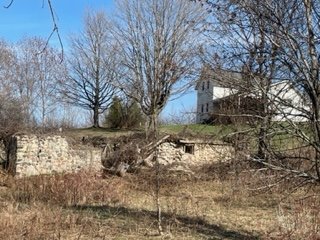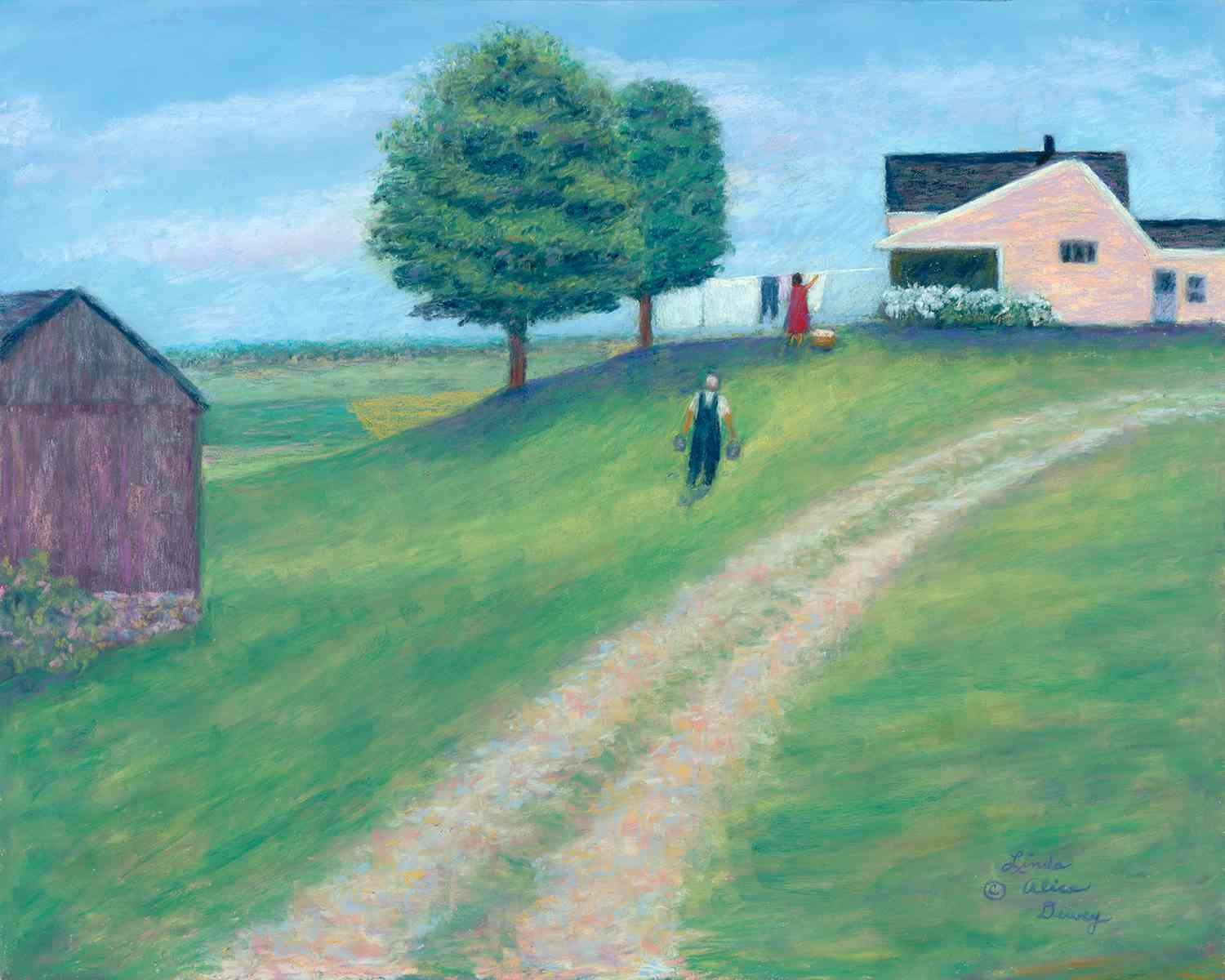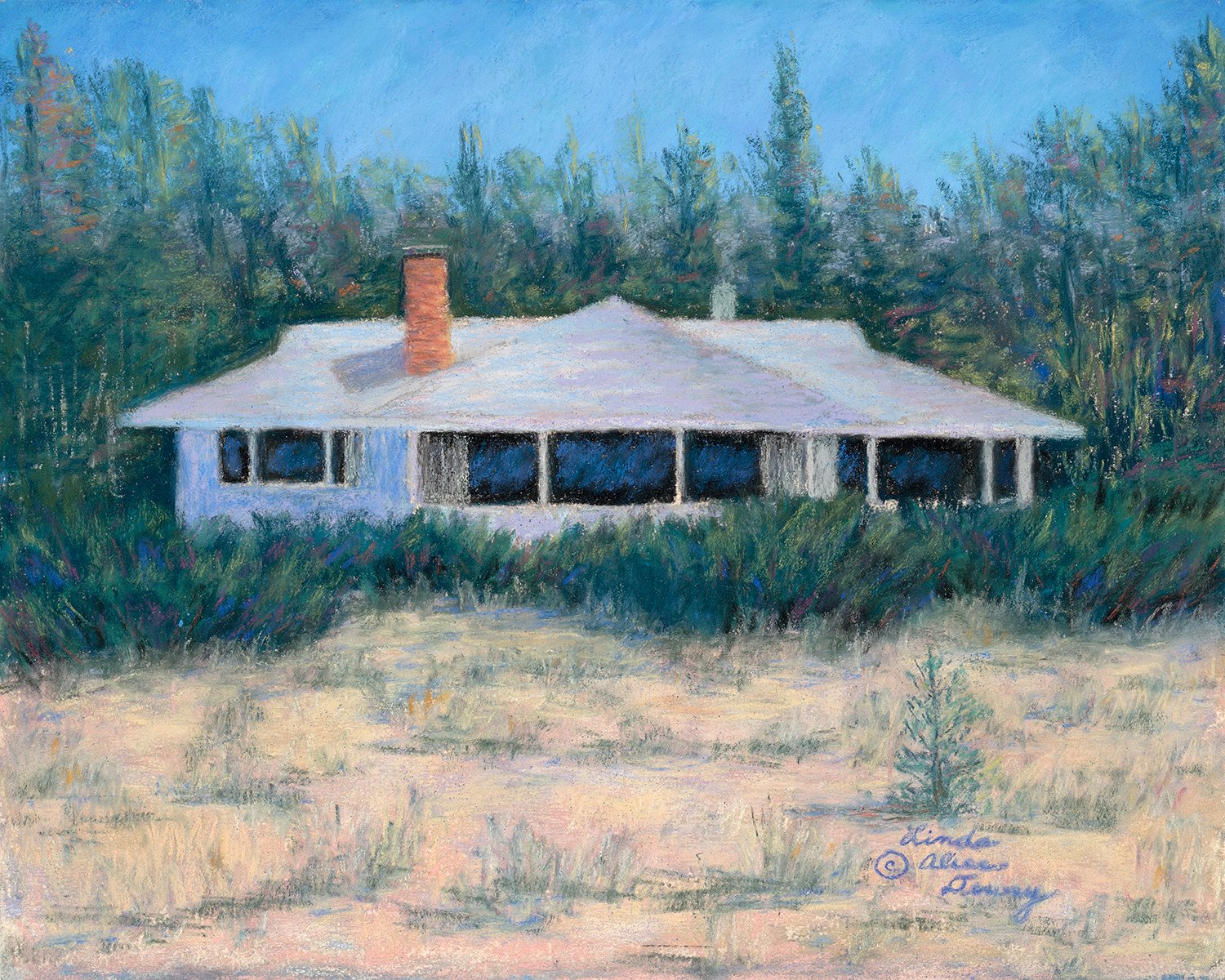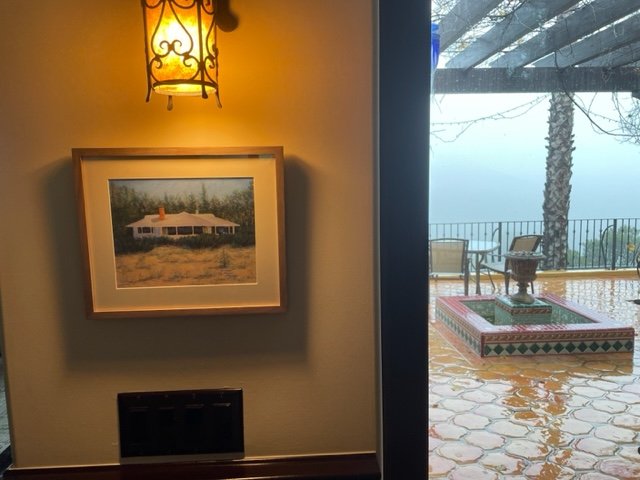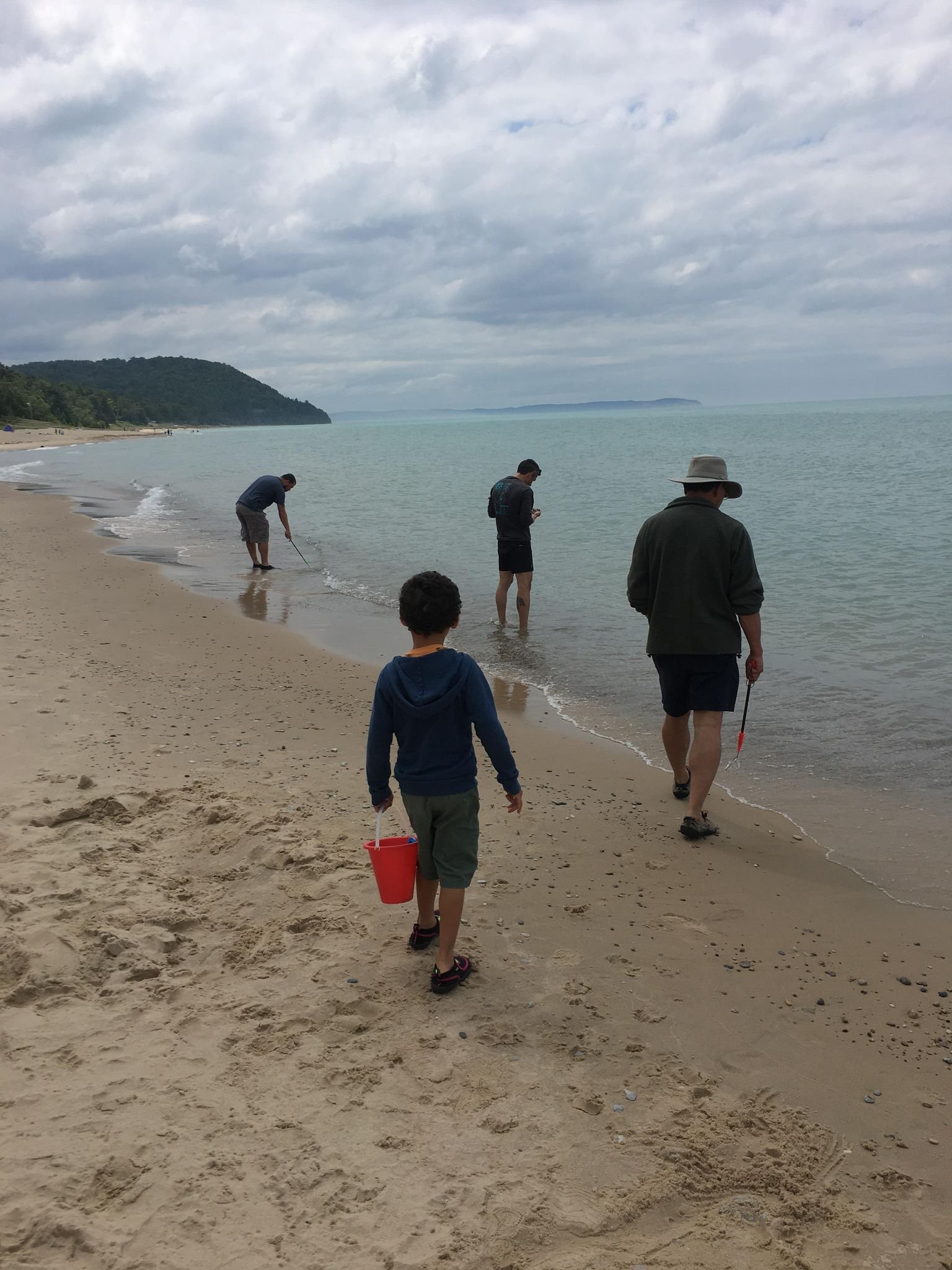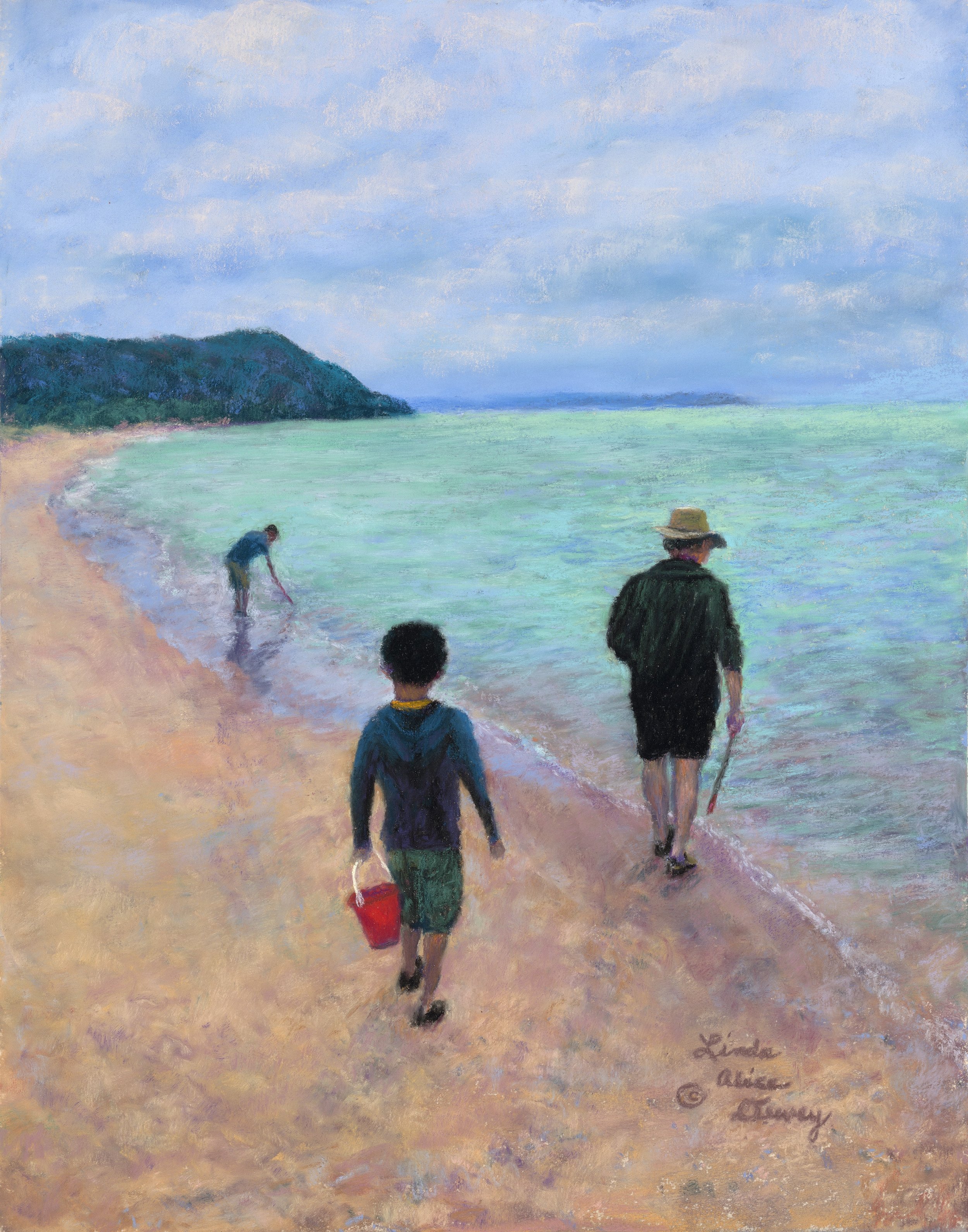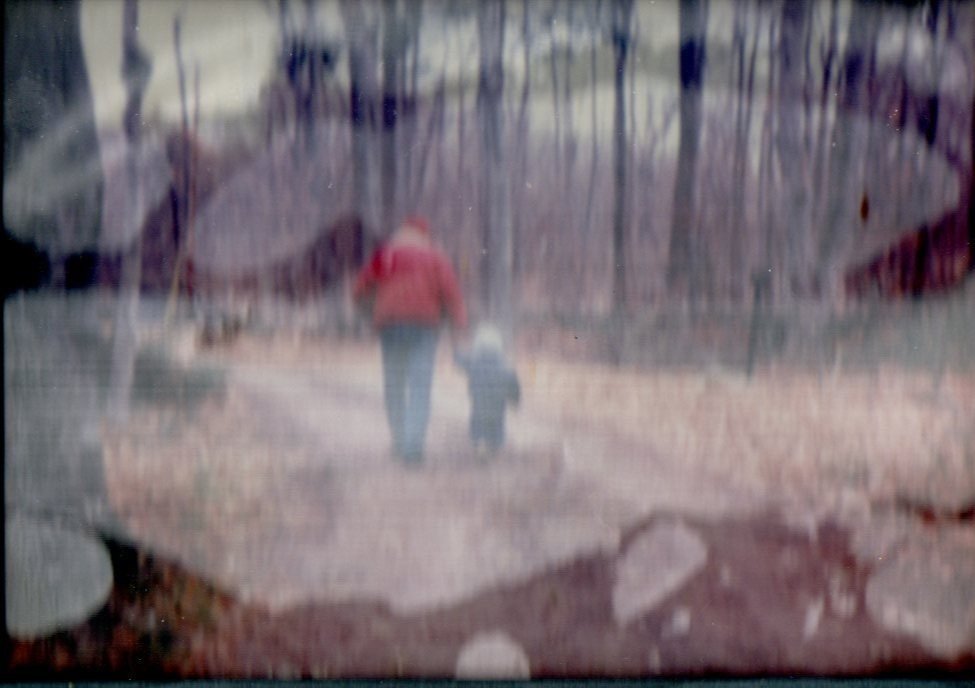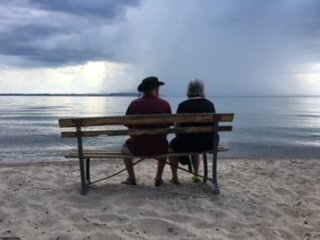Commissions
Five sisters at one’s wedding
Working from photographs
I work from photographs, often more than one, provided by the client or taken by myself. For example, below are 1) the original 1982 photo, followed by facial closeup clips, then my portrayals for the above portrait, “Five Sisters at One’s Wedding,” 11 x 14 pastel, above, completed in 2022, 40 years later.
I generally work left to right, top to bottom, endeavoring to capture the essence of the soul I am painting. This portrait took three weeks of daily sessions.
My goal is not to have the painting look exactly like the original photo. Otherwise, why do you need the painting? Rather, it’s to capture the feeling of the moment with a recognizable likeness that captures the character of the subject.
Below: Sometimes, the original photograph carries a lot of detail that detracts from the main focal point, so we clean that up and move things around in the background to make a better portrait. With the portrait of the dog, you’ll see the lights are not as bright, and the darks are not as dark; camera photographs tend to be more contrasty than what is seen with the naked eye. Row 2: The ladies on the porch had passed on and the house sold, but the daughter of one asked if I could paint the house and put them in their favorite chairs. I worked from several photos she sent, including of the dog, and was able to do what she asked. The beautiful painting of Fisher (the last one) tended to highlight the sky more than the beautiful dog, so I moved the horizon line and the flowers down and slightly muted the clouds, while brightening him.
The Process
For the composition below right, the clients asked for a portrait showing the farm the way it used to be 60 years ago, with the barn showing slightly on the left, the foundations of which are shown in the third picture from left. They wanted the hill and the drive to show, with Grandpa bringing up buckets of milk from the barn, and Grandma hanging up clothes on the line. I also visited the farm and took a picture the way it is now (2nd photo). Once I had a clear idea of what the client wanted, I worked on the composition, and we agreed on placement of the elements before I began to actually paint. As I completedd each element, I checked in with the clients to see what needed to be tweaked.
Below: This cottage down the beach from my home has been thoroughly renovated, as you see. The first photo on the left was taken circa 1970; the next is 2022. Using three photos from the 60s and 70s, one in color, I visited the site, which is much more overgrown with grass now and the junipers they loved gone. With much communication via email with the client, I was able to accurately depict the house the way it was when the original owners built it, as seen in the third photo. When it was finished, the client ordered a print for her son, which you see matted and hanging in his California home in the final photo.
Medium
My paintings are all done with pastels, a dry medium in stick form. Unlike chalk, pastels are pure pigment, just like other types of art paint, held together with a minimum amount of clay “binder.”
The material holding the pigment together gives some mediums their name—"oil” holds oil paints together; water holds water color pigments together. Of all mediums, pastel is the purest of pigments. I used acid-free art sandpaper for my paintings.
Below: The original photo which included a fourth person who was not a family member. Right: the completed painting, sans the extra person and considerably brightened.
Framing
Your commission will be shipped to you unframed but enclosed in foam core and covered by a layer of glassine non-smearing paper.
Glass: Like water color paintings, pastel works are framed with a layer of glass, hopefully museum or archival conservation glass that reduces glare and grants a high level of UV protection. All mediums can change color over time. For pastels, watercolors and photographers, direct sunlight and even ambient light can fade the work of art. UV protectant glass guards against this.
No mat: Old school framers will tell you that a pastel painting has to be matted to keep the pastel from touching the glass. That is no longer true. My clients receive printed instructional guidance on the new way to frame, and my framer here in Traverse City can talk with other framers in the country who may not be aware of the latest best practice for framing pastels.
Mounting: My pieces are mounted on acid-free foam core to minimalize paper rippling in humid conditions, which occasionally can occur.
Below: From a damaged 5 x 7 photo stuck to the glass in its frame come the painting on the right of a recently deceased dearly loved grandfather walking his grandchild.
Copyright
When you purchase a commission, you are purchasing an original painting. I, as the artist, retain the copyright for the painting itself, inclulding the right to reproduce or to publish in any way I feel is appropriate, electronically or in hard copy, unless specified otherwise and agreed to with the client. You are also welcome to purchase a non-exclusive license to do so yourself any time. An exclusive license may possibly also be arranged.
Prints and Cards
You are welcome to order prints, cards and other products through me.
Below: Left, original photo; Right, the painting.
Rates
Paintings are generally priced by size. Although your piece can be a custom size, below are some standard size prices to give you an idea of my rates:
8 x 10 $675
11 x 14 $875
16 x 20 $1600
18 x 24 $1900
20 x 30 $2200
24 x 36 $2500
30 x 40 $3500
Additional charges:
$100 for each additional figure/animal/building (first one is included).
$100 for photo shoot within 30 miles of Glen Arbor plus additional mileage as needed. (I work from photos supplied by you at no extra charge.)
Delivery: Free Glen Arbor pickup. Otherwise, add for shipping. Since it is shipped unframed, the package, although potentially large, is relatively flat (about 4”) and light.




















